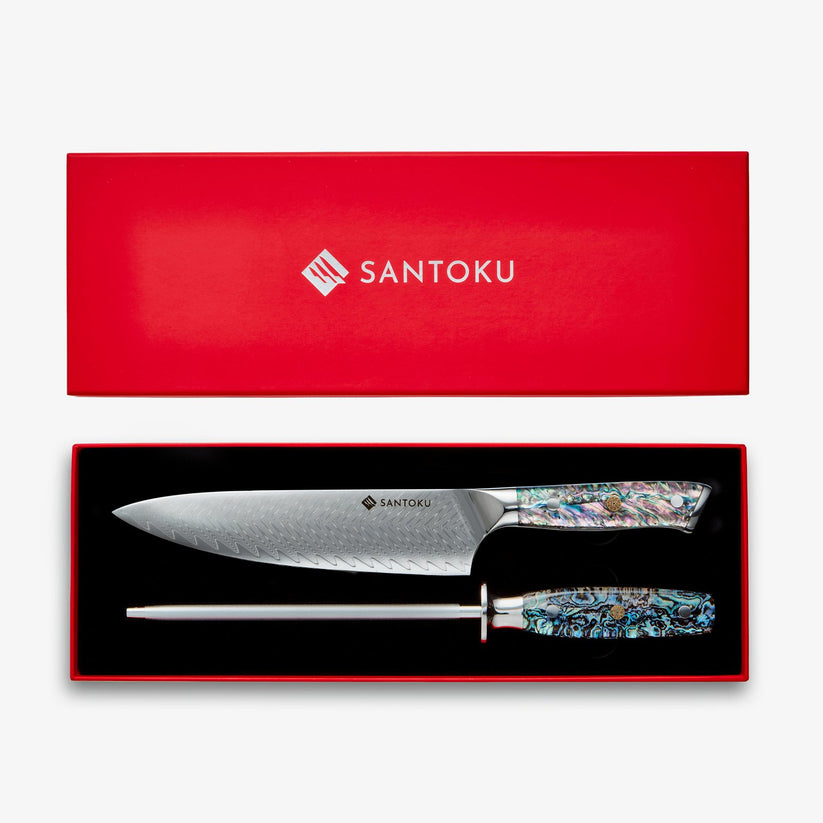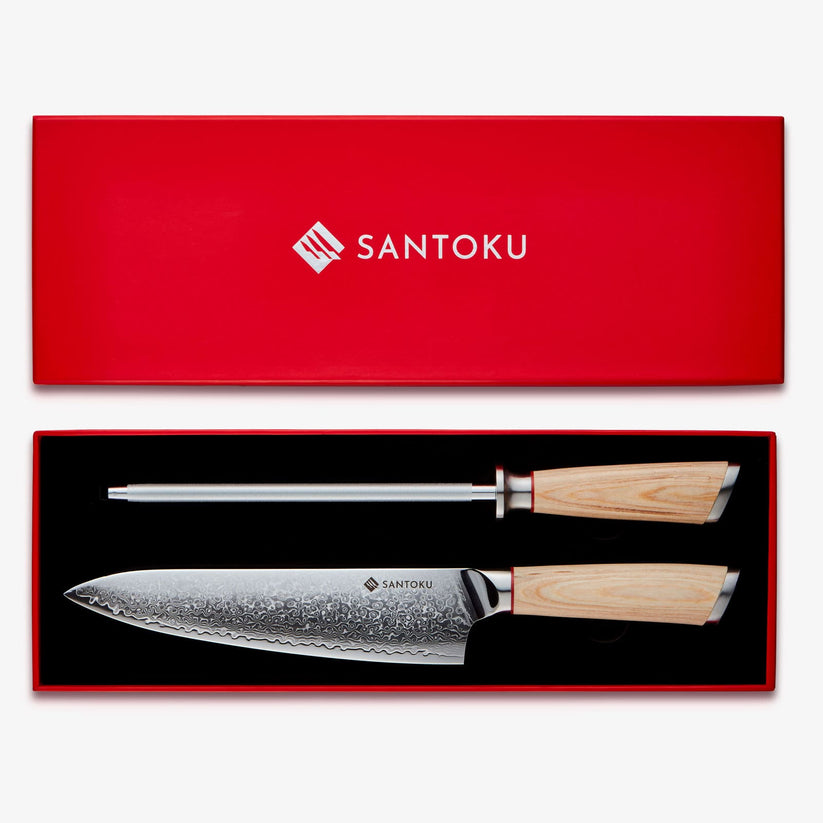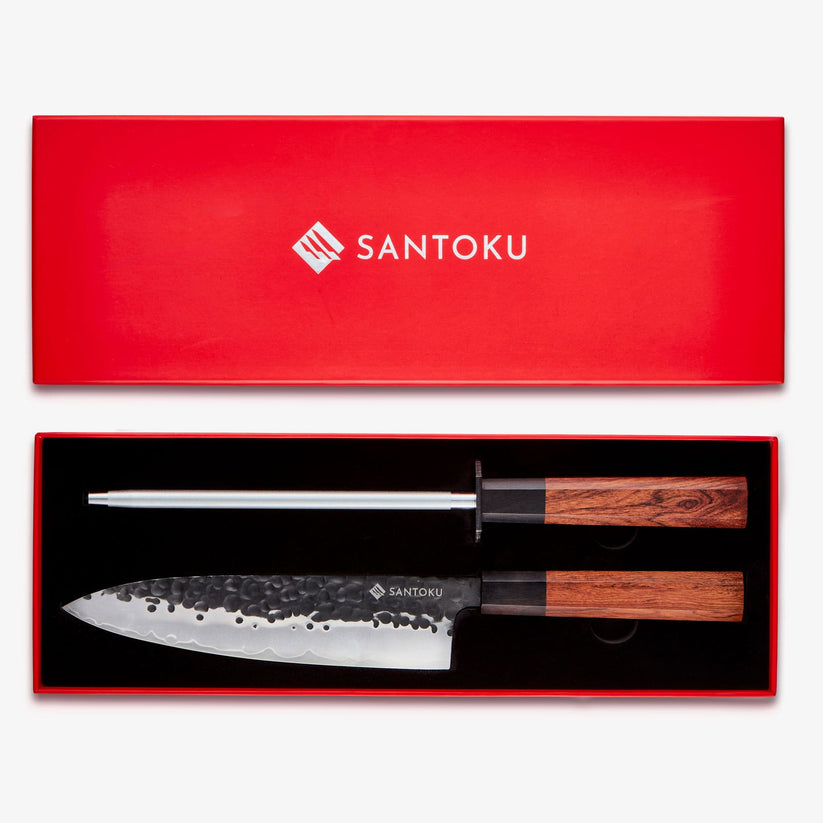
10 Tips for Making Mac and Cheese
-
Use block cheese and shred it fresh—pre-shredded won’t melt as smoothly.
-
Cook pasta just al dente to avoid mushiness after baking.
-
Always warm your milk before adding to the roux to prevent lumps.
-
Combine different cheeses for a richer flavour profile.
-
A touch of Dijon or hot sauce adds depth without overpowering.
-
Taste the sauce before mixing with pasta to adjust seasoning.
-
Let the dish rest after baking so the sauce thickens.
-
For a crispier topping, broil the last 2–3 minutes.
-
Store leftovers in a glass container to prevent drying out.
-
Reheat gently with a splash of milk to bring back creaminess.
Serve it with Suggestions
-
Crisp green salad with vinaigrette
-
Roasted or steamed broccoli
-
Garlic bread or buttermilk biscuits
-
Fried chicken or barbecue ribs (for indulgent pairings)
-
A drizzle of hot sauce or spoonful of pesto for topping
FAQs
Q: Can I make mac and cheese ahead of time?
A: Yes! Assemble it fully, cover, and refrigerate for up to 24 hours before baking. Add 5–10 minutes to bake time if cold.
Q: What’s the best cheese for mac and cheese?
A: Sharp cheddar is the classic base, but Gruyère, Monterey Jack, and Parmesan add richness and meltability.
Q: Can I freeze baked mac and cheese?
A: Yes. Let it cool completely, wrap tightly, and freeze for up to 2 months. Reheat covered in oven.
Q: How do I keep it from drying out?
A: Don’t overbake, and always use plenty of sauce. A splash of milk when reheating helps restore creaminess.
Q: Can I make it gluten-free?
A: Yes! Use gluten-free pasta and substitute gluten-free flour for the roux.







